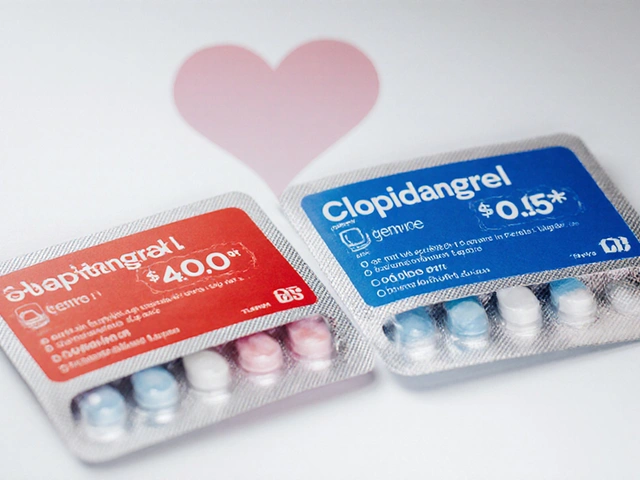CBD vs Hemp: What’s the Real Difference?
When you hear "CBD" and "hemp" together, it’s easy to think they’re the same thing. In reality, they come from the same plant family but serve different purposes. Understanding the split helps you pick the right product, avoid confusion, and stay on the right side of the law.
What is Hemp?
Hemp is a variety of the cannabis plant that contains less than 0.3% THC, the compound that makes you high. Farmers grow hemp for its strong fibers, seeds, and oil. Those parts are used in everything from clothing and building materials to food supplements. Because the THC level is so low, hemp won’t give you a psychoactive effect.
What is CBD?
CBD, or cannabidiol, is a chemical that can be extracted from both hemp and marijuana plants. The key point is that CBD itself doesn’t cause a high. It’s prized for potential benefits like easing anxiety, reducing inflammation, and helping with sleep. You’ll find CBD in oils, gummies, creams, and even pet products.
Even though CBD can come from hemp, not every hemp product contains CBD. Some hemp oils are just pressed seeds with no cannabinoids at all. If you’re looking for CBD’s effects, check the label for the actual CBD concentration.
Legal Landscape
In the United States, hemp (and anything derived from it) is legal at the federal level if it stays under the 0.3% THC threshold. That means most CBD products made from hemp are legal, but state rules can vary. Marijuana‑derived CBD, which may have higher THC, is only legal where recreational or medical cannabis is allowed.
Outside the U.S., laws differ widely. Some countries treat hemp and CBD as separate categories, while others ban everything cannabis‑related. Always verify local regulations before buying.
How to Choose the Right Product
First, decide what you want. If you need a fiber for making rope or a seed for nutrition, look for raw hemp or hemp seed oil. If you’re after a calming effect, search for a CBD oil, tincture, or edible that lists the exact milligram amount of CBD per serving.
Second, check the certificate of analysis (COA). A reputable brand will provide a lab report showing the CBD content and confirming it’s THC‑free (or below legal limits). That protects you from low‑quality or mislabeled products.
Third, consider the delivery method. Oils and tinctures absorb quickly, while gummies take longer to work but are easy to dose. Topicals are great for localized pain and skin issues. Choose what fits your lifestyle.
Bottom Line
Hemp is the plant; CBD is one of the many compounds it can contain. Hemp gives you fiber, seed oil, and building material without any high. CBD offers potential wellness benefits without the high, as long as you pick a product that’s actually labeled with CBD.
Knowing these differences saves you money, keeps you legal, and helps you get the results you expect. So the next time you shop, read the label, verify the COA, and match the product to your goal. That’s the smartest way to navigate the CBD vs hemp world.






